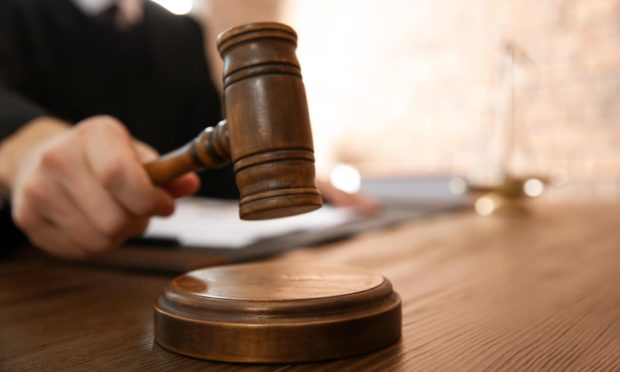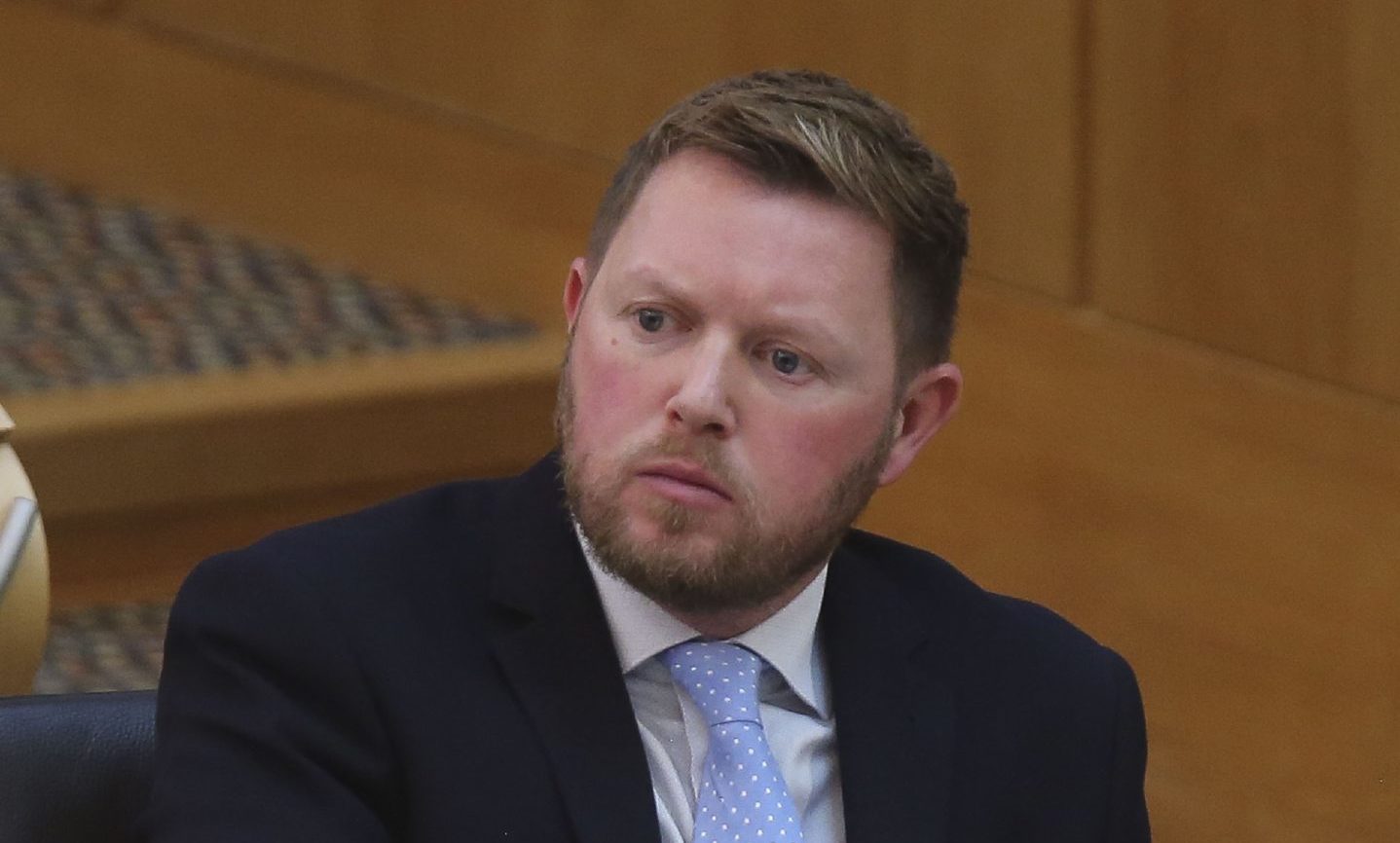Controversial not proven verdicts in rape and attempted rape cases have skyrocketed in Scotland in recent years, according to new figures.
Statistics published by the Scottish Government shows the acquittal was handed out 144 times during trials between 2018 and 2020.
The verdict was used on just 100 occasions from 2007 to 2012 before an upsurge later started.
Last year SNP ministers launched a consultation into the future of the ruling after calls from rivals to scrap it.
Tory shadow justice minister Jamie Greene introduced a motion and separate Members’ Bill to Holyrood urging for the ruling to be abolished.
In contrast, there has been no noticeable uptick in not proven verdicts for murder trials since 2007-08.
‘Not fit for purpose’
Responding to the latest figures, Mr Greene said the ruling was “not fit for purpose” and claimed it was “denying victims justice”.
He said: “It is shocking to see not proven being used so frequently in relation to such serious crimes.
“The not proven verdict is being used disproportionately in these sorts of cases and that denies victims justice far too often.
“It is an outdated verdict and it is not fit for purpose in a modern Scottish justice system.
“That is why the Scottish Conservatives are committed to abolishing it as part of our Victims Law.
“That will guarantee victims will always be at the heart of our justice system and end any potential trauma over this verdict being delivered in our courts.”
Why are not proven rulings controversial?
Not proven verdicts have been a feature of Scotland’s justice system for centuries.
It is the only other ruling that can be handed out during a trial besides guilty and not guilty.
But there are no practical legal differences between not proven and not guilty verdicts when they are issued.
Both allow a defendant to walk free from court without any criminal conviction being handed out.
The verdict can be used if a jury believes someone standing trial may be guilty but insufficient evidence has been provided.
SNP justice secretary Keith Brown said last year that rape and sex assault trials typically have a higher rate of not proven rulings.
He also said research found jurors had differing views on what the verdict means and how it is different from not guilty.
But the cabinet minister added that a recent survey of lawyers found 70% thought not proven should be retained.
He said: “There is clearly a breadth of informed, principled opinion on this matter and we owe it to all in the justice system to robustly consider and where appropriate challenge those views.
“What’s needed is a holistic, evidence-based approach that addresses the whole system.”


